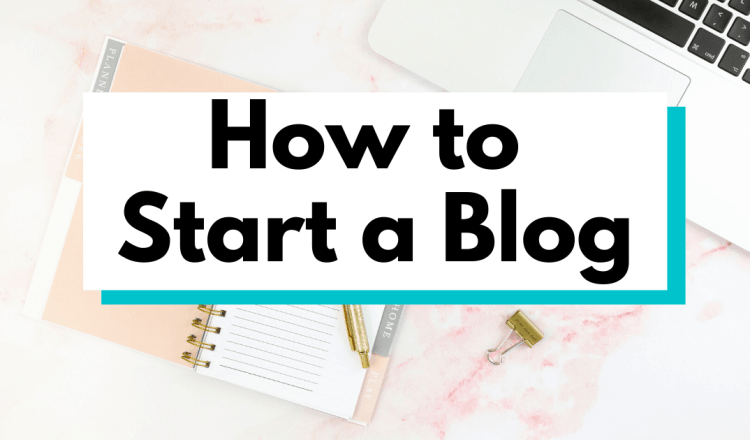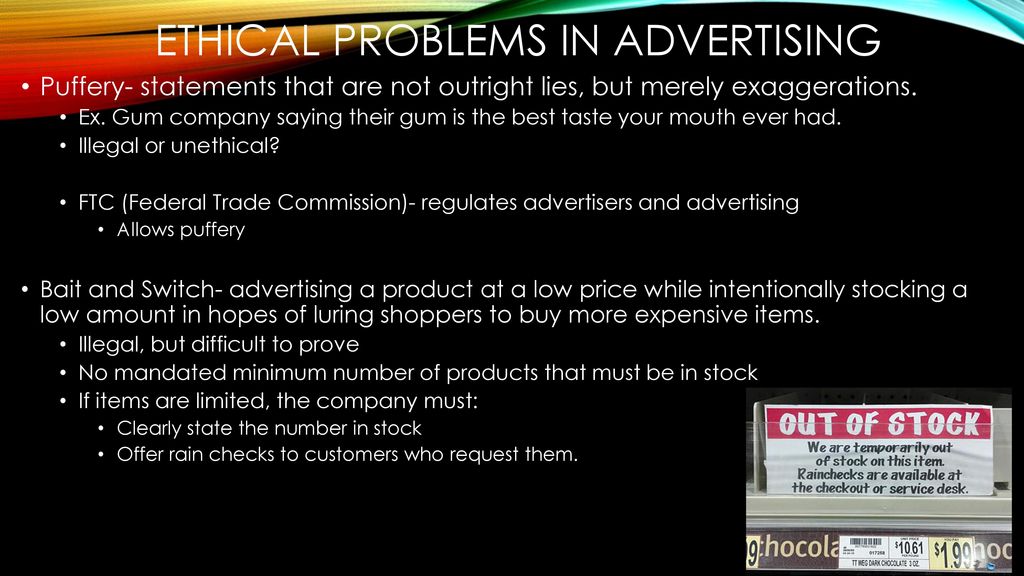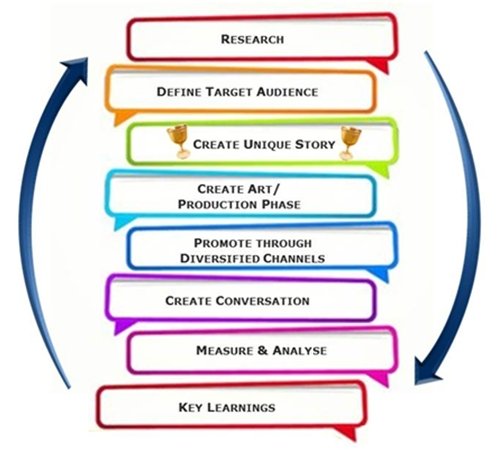
While header bidding was meant to combat the waterfall phenomenon, there are still some issues. Although all demand can compete simultaneously, ads servers can be placed in different tiers based upon reliability, expected diminishing returns, and business priorities. Ad server upgrades can be expensive and cumbersome, so advertisers may not want to change in the near future. Combining header bidding with a single advertising server might work well for certain platforms.
Server-side header bidding

To be effective, header bidding needs to be executed server-side. Browsers often have limited outgoing connections. This restricts the number of connections a publisher has to multiple partners. This can result in inefficient header-bidding auctions, as the publisher is able to connect with multiple partners simultaneously. Browser compatibility issues are difficult to manage and require time. Publishers will see a greater ROI if they have server-side header bid.
There are many benefits to server-side header bidding. It can greatly increase digital advertising revenue. Header bidding, one of the most common ways to monetize online property, is a popular option. Despite its limitations, it has quickly become a standard method in the industry. It has been in existence for only two years. Hamrin states that the practice has been adopted by more than 70% publishers. But is server side header bidding better than client-side?
Infrastructure costs rising
Recent research has shown that header bidding can increase infrastructure costs up to 250%. This is due to publishers and advertisers calling DSPs and other exchanges more often. To cope with increased traffic, these companies have to invest in additional servers. As a result, header bidding can result in doubled impressions for publishers and DSPs. This is a result that publishers and DSPs may see little to no revenue.
Header bidding is not without its merits. Header bidding is more complex and requires additional technical knowledge. A dedicated team must also be involved in monitoring and managing performance. In addition, it is difficult to scale header bidding if it involves the use of many demand partners and ad units. Furthermore, header bidding can increase infrastructure costs, since it requires publishers to install header bidding adapters and SDKs on their websites.
Benefits of first-price header bidding

First-price header bidding allows publishers to gain competitive advantage outside of Google's ecosystem. It could increase CPMs through securing the highest bidder for every impression. It allows publishers to establish a floor price (e.g. $1.50 CPM), for their inventory and then monitor its actual value. This helps publishers to avoid losing money on inventory which they cannot sell.
Multiple DSPs, publishers, and ad networks can compete for the same inventory. All bidders have an equal chance of purchasing the ad slot, so the winning bidder will be the one offering the highest CPM. Header bidding is a way for publishers to have access to all the available inventory, and advertisers to see what their partners are willing pay for it.
FAQ
How can I choose my target audience
Start with yourself and those closest to your heart. Ask yourself "Who am I trying reach?" if you aren't sure where to start.
Ask yourself the following questions: Who are my industry's most influential people? What are the problems they face daily? What are their top talents? Where do they hang out online?
Go back to the beginning when you started your business. Why did you start? What problem solved you for yourself? How did that happen?
These answers will allow you to determine who your ideal customers are. You'll also learn more about what makes them tick and why they buy from you.
Look at your competitors' sites and social media pages for clues as to who they cater.
Once you've identified your target customers, you'll need to decide which channel(s) to use to reach them. You might, for example, create a website to target home buyers if you offer services to real-estate agents.
If you provide software to small businesses, you could develop a blog targeting those companies' owners.
You could also create a Facebook account for teens if you sell clothing. You could also set up a Twitter account if your restaurant is a business owner to help parents find kid-friendly restaurants.
This is the point: There are many ways to communicate your message.
What is radio advertising?
Understanding the interactions between different media is essential. All media forms can be considered complementary, rather than competing.
Radio advertising is best when used in conjunction with television. It can reinforce key messages and provide additional information.
Radio listeners often find TV commercials too lengthy. Radio ads are typically shorter and less costly.
Advertising: What is it?
Advertising is an art form. Advertising is not about selling products. It's about making emotional connections between people, brands, and each other.
Advertising is about sharing stories and using images for ideas.
Communicating clearly and persuasively is key. Your target market should be able to relate to the story you tell.
Advertising is different than other communication methods, such as writing or public speaking.
You are building a brand identity when you run a successful advertising campaign.
This is how you make yourself memorable. You are someone people remember.
What do you need to know about internet advertising?
Internet advertising is a key part of any business strategy. It allows companies reach potential customers at a very low cost. However, there are many different types of internet advertising available. Some are free and some require payment.
There are several options for advertising on the internet. These include banner ads, pop-up advertisements, search engine optimization (SEO), PPC (pay-per-click) advertisements, social media and mobile marketing. Each method comes with its own set of advantages and disadvantages.
What is affiliate marketing?
Affiliate marketing allows you to make money by referring people to other websites that sell products or services. The product owner pays you for each person who buys from you.
Affiliate marketing relies on referrals. You don't have to do anything special for people to buy from you. You just need to refer them to our website.
It's possible to make money with no selling. It's just as easy to sell as it is to buy.
It takes just minutes to set up an account as an affiliate.
Referring as many people as possible will increase your commission.
There are two types of affiliates:
-
Affiliates who are the owners of their own websites
-
Affiliates that work for companies offering products and services.
What do you need information about print advertising
Print advertising is an effective way to reach consumers. Print advertising is used by many companies to promote their products and services. It is designed to attract the attention of the customer.
Print ads are usually one page in length and can include text, images and logos. They can also include sound and animation as well video and hyperlinks.
Here are the main types and classifications of print advertising:
1. Brochures - Large format printed brochures are used to draw people in to stores. Brochures often feature eye-catching designs and colorful photos.
2. Catalogues- These are smaller versions and variants of brochures. These are typically sent to customers who ask for specific information.
3. Flyers are small pieces or paper distributed at events such concerts and fairs. They are generally free but must be paid for if they are handed out at retail outlets.
4. Posters – These are larger versions than flyers. They are displayed on walls, fences, and buildings. They are usually made using computer software programs, which is designed to draw the eye of passersby.
5. Direct mail – This is a direct mailing of letters or postcards directly to customers. These cards are sent by companies periodically to remind their customers about their company.
6. Newspaper ads - These ads are published in magazines and newspapers. They are usually quite long and contain both text and images.
Is there a way for me to get free traffic?
Refers to traffic that is free from search engine results. This traffic is known as natural or organic traffic. There are many options to get free traffic like article marketing and social media marketing.
Article Marketing is an excellent way to generate free traffic. The CPC is usually very cheap compared to paid ads. Article marketing is also referred to as content marketing.
Social Media Marketing – Social media platforms like Facebook, Twitter and LinkedIn let you promote your business via advertising. These platforms allow you to share updates, photos, and establish relationships with potential customers. Many businesses opt to purchase ad space on social networks because they want to reach a larger audience for a more affordable price.
Blogging – Blogging is another way to get free traffic. You'll attract visitors if you write quality content that people enjoy reading. You can sell products and services once you have attracted visitors to your blog.
Email Marketing – Although email marketing was around long before the internet, it's still one of most effective ways to drive website traffic. It is a great way to increase your subscriber base and sell products.
Statistics
- Worldwide spending on advertising in 2015 amounted to an estimated US$529.43 billion. (en.wikipedia.org)
- Google will display whichever ad type (CPM or CPC) is expected to earn more revenue for the publisher, which is in Google's best interest since they take a 32% share of the revenue. (quicksprout.com)
- Nonetheless, advertising spending as a share of GDP was slightly lower – about 2.4 percent. (en.wikipedia.org)
- It's 100% reliant on your website traffic. (quicksprout.com)
External Links
How To
How to place ads on your site
Ads are essential for any business. They reach potential customers, and keep them coming back.
Ads also let you promote your products and services without spending money directly on advertising.
Google Adsense is a way to display image or text ads on your blog or website.
Google Adsense will allow you to make money from every click on an ad link on your site. Your ads can be set up without the need for any programming.
To get started, just sign up for a free account at www.google.com/adsense. Follow these steps:
-
The Ad Builder tool allows you to create your ads. You can create different ads using the tool, including text, images and video ads.
-
After you have created your ads, upload them to AdSense. To do so, select "Upload", under the "My Ads section" link in the left navigation bar.
-
Next, include keywords related to the product or service you are advertising so that it appears in search results for your specific niche.
-
Finally, copy and paste your ads into the appropriate areas of your website. After you do this, your ads will automatically be uploaded to your website.
-
If visitors click on one your ads, they will be taken to another page where they may purchase your products or services.
-
Every time someone clicks one of your AdSense ads, you earn earnings.
-
You can view reports showing the performance of your ads by going to the My Account tab in the top right corner of your AdSense dashboard.
-
Your earnings can also be downloaded as a CSV.
-
You can change your ads to increase earnings or target your audience.
-
You can also pause and delete your ads at any moment.
-
If you have questions or concerns, feel free to contact us.